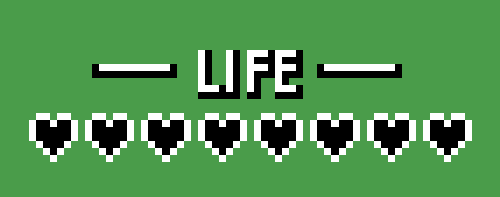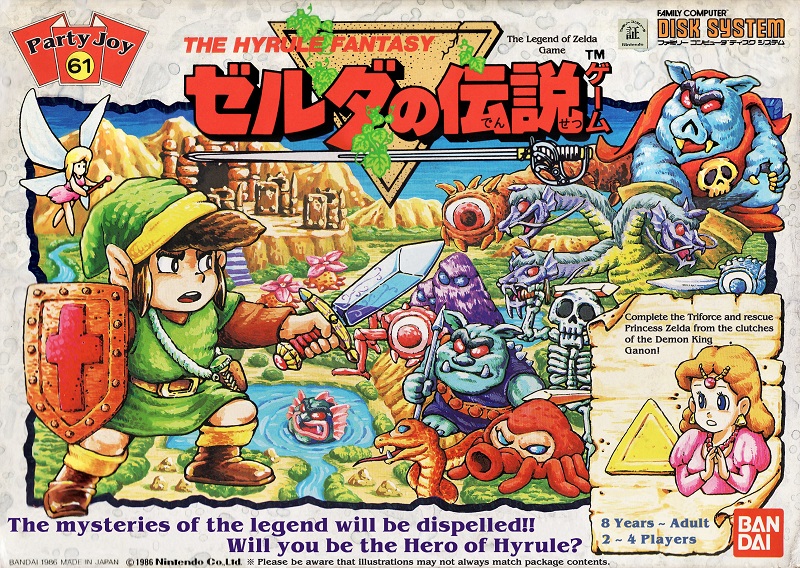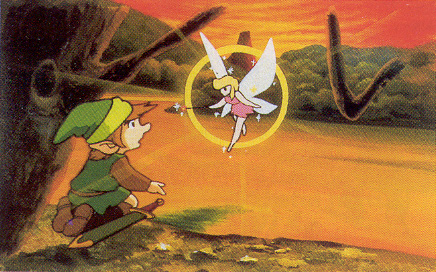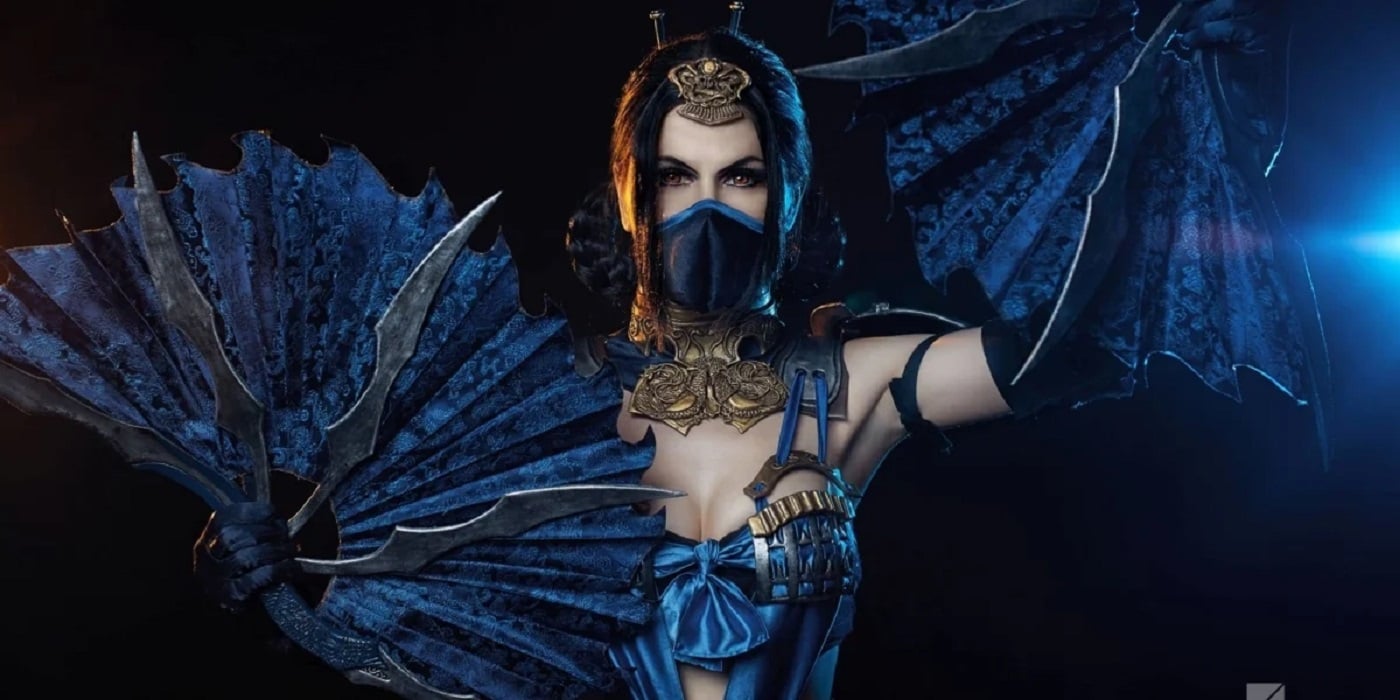‘Legend of Zelda’ Fans Collaborate to Translate Japan-Exclusive 80’s Board Game
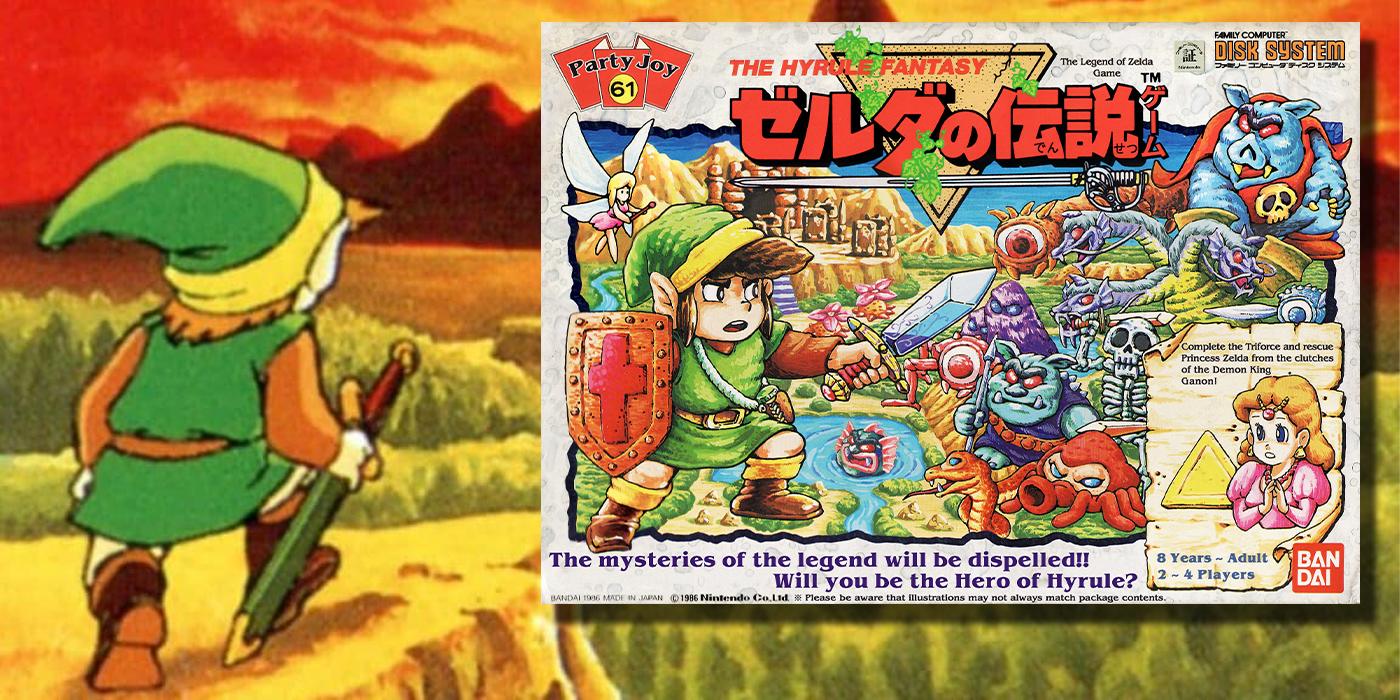

It was a secret to everybody–a Japanese Legend of Zelda board game with no official translation until some dedicated fans came along.
February 21, 1986. A very important date for many people, although they probably don’t realize it. That’s the date that The Legend of Zelda: The Hyrule Fantasy video game was released in Japan. It wasn’t until the following year that the game would see a wider release to North America and PAL regions.
During this time, Japan grew to love the game, as we all soon would. To show their appreciation for the game of adventure and heroism, Bandai made the Legend of Zelda: The Hyrule Fantasy board game.
Hyrule Fantasy (as we’ll call it) is not to be confused with Milton Bradley’s The Legend of Zelda Game which was released in America in 1988 and is… not great.
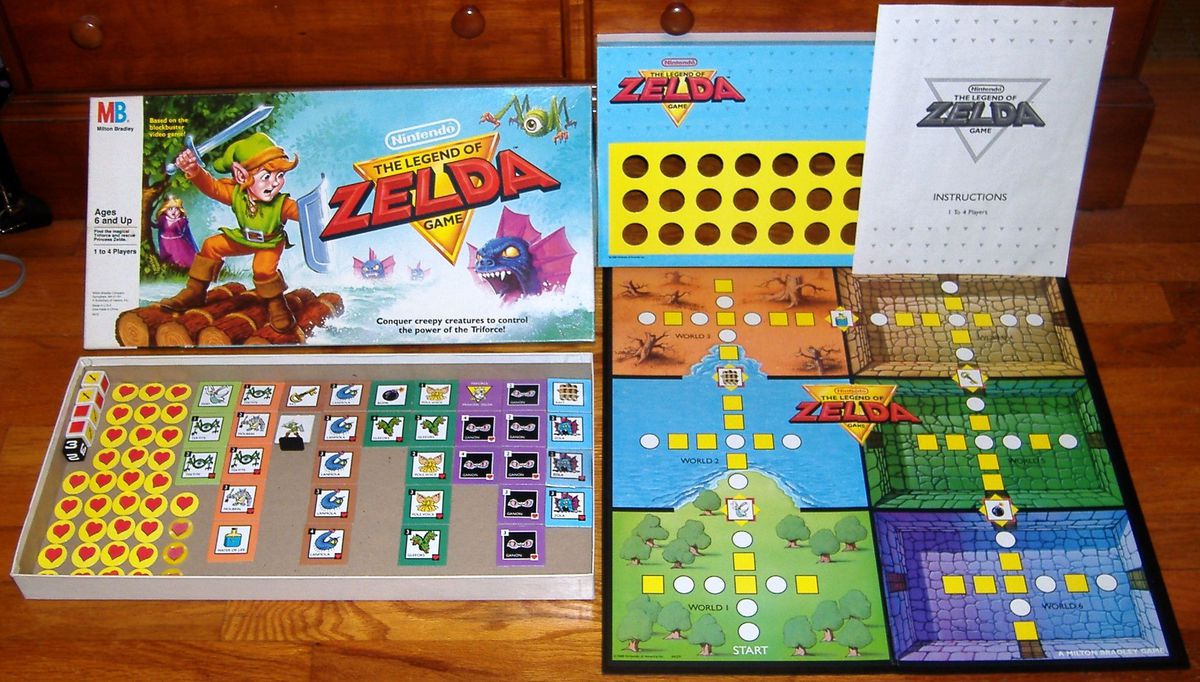
Hyrule Fantasy was never released outside Japan. Moreover, even getting your hands on a copy is difficult and expensive. However, it’s not impossible.
Suppose you got your hands on full, high-quality scans of all the components of the official Japanese copy of the game. You’re a huge fan of the series and eager to play, but you don’t speak Japanese, and there is literally no translation anywhere. That’s the situation BoardGameGeek users Evan Derrick and Sebastian Bludd found themselves in. They did the smart thing: they shared it with the world.
The Japanese Legend of Zelda Board Game Translation Project
On February 22, 2012 (annoyingly only one day off of the 26th anniversary), Derrick posted that he and Bludd had acquired the scans of the original board game and were currently in the process of having someone translate it for them. Unsurprisingly, the reaction was very positive.
On March 7, 2014, GlitterBerri, a well-known Zelda translator, jumped into the thread. As great as GlitterBerri’s translations were, they were hardly aesthetically pleasing. To assist with the design process, another BGG user, Alberto Vitali, will be taking over the brunt of the design work.
Only several days later, Vitali posts images of his work, integrating the translations into a fully printable format. He was clearly hard at work with how quickly he was churning out updates on his progress. As Vitali finished his graphic design work, it got handed back to Bludd, who formatted the images into print-and-play layouts. The layout would ensure anyone could print out the images and have an easy time cutting out the sheets as needed.
Finally, after years of working and waiting and working, on March 27, 2014, the project was finished!
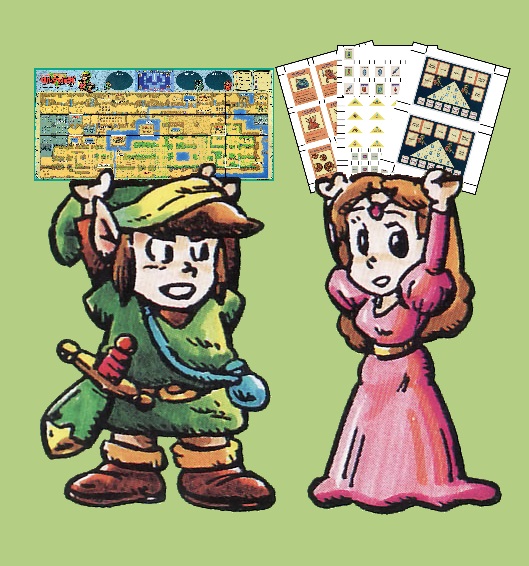
Vitali posted his work online, which can be found here: Legend of Zelda: The Hyrule Fantasy Conversion Project. Everything you’ll need for your own print-and-play version is under the “Print and Play” folder (shocking, I know). Download that file, and you’re good to play the game yourself! After loads of printing and cutting.
It’s Dangerous to Go Alone
So, after all that, was it worth it? After going through all the hassle to print and cut and paste every component when you could have just gotten the Tabletop Simulator module instead, is the game even all that good? Let’s decide that after we go over how to play Hyrule Fantasy.
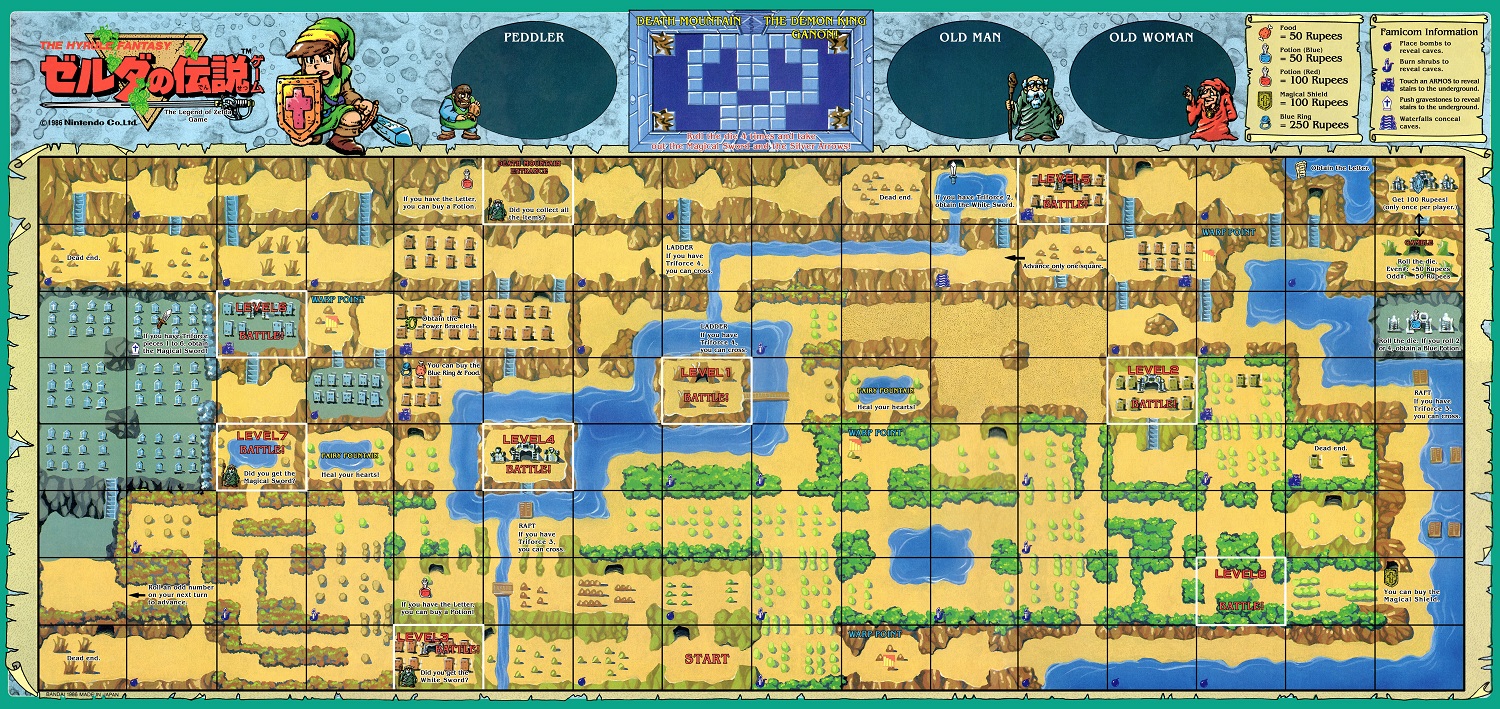
The Japanese Legend of Zelda board game is a point-to-point movement game with dice-rolling combat and item-acquiring mechanics. Each player takes the role of a separate Link figure. On their turn, a player can move as many spaces as they have Hearts on their Sub-board. Players use the sub-board to track their Hearts, items, and pieces of the Triforce.
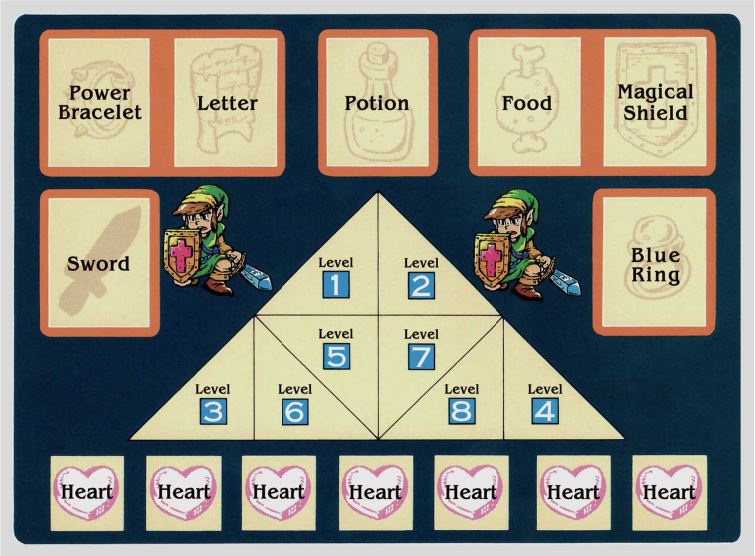
At the end of their movement, a player may choose to battle the enemies in that space. To do so, the player draws a Showdown card. Some Showdown cards represent enemies players will encounter and have to combat. Other Showdown cards are Pitfalls and have an immediate effect on the player or players.
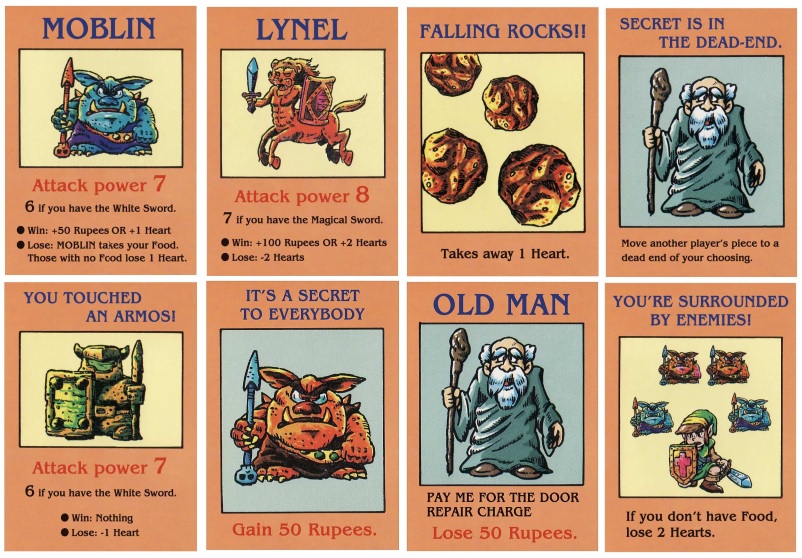
To combat an enemy, the player rolls two combat dice. Each side of the die has an item and a numerical value. The player wants to roll higher than the Attack power of their enemy. If they succeed in doing so, the player gets to choose their reward: rupees or restoring lost hearts. If the player fails the combat roll, they lose hearts.

Dodongo Dislikes Smoke
Scattered throughout the map are Labyrinths the player must enter to gain special items and the pieces of Triforce needed to defeat Gannon (it was 2 Ns back then). Each time a player completes a Showdown on a Labyrinth space, they draw a random Labyrinth tile with one of the bosses on it. The Labyrinth tile instructs the player how to defeat the boss and acquire the Triforce piece. The Labyrinth bosses require the player to roll specific items on the combat die to win. If the player fails to defeat the boss, they lose all their Hearts and must return to one of the two Fairy Fountains on the board.
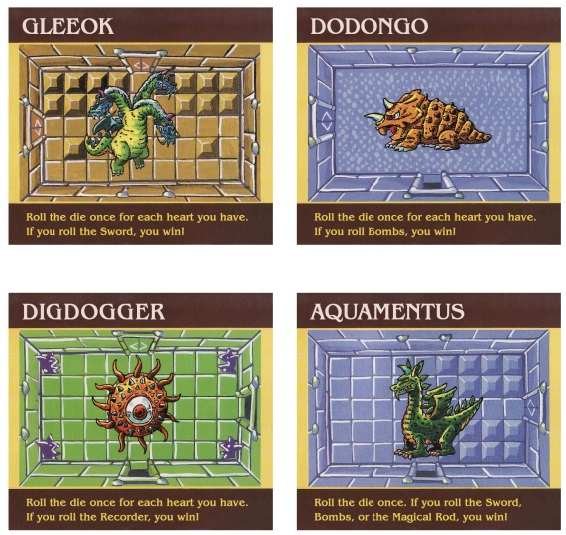
As players move around the board, they are restricted from moving through obstacles such as rock walls, rivers, and forests. Some obstacles, such as rivers, can be bypassed as soon as players acquire specific pieces of the Triforce, which also act as equipment items. For example, as soon as a player has Triforce 4, they are able to cross rivers with the Ladder. The game board notes where players are prevented from progressing until they have certain items.
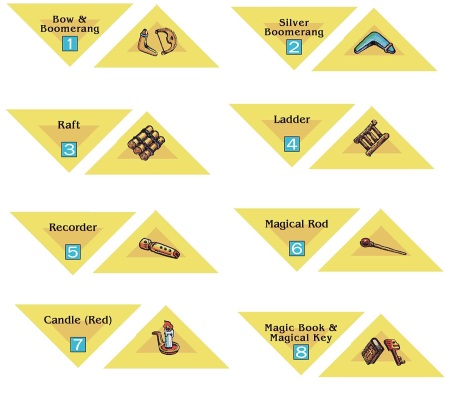
Once a player has every item (excluding potions), they are able to enter Death Mountain and face Gannon.
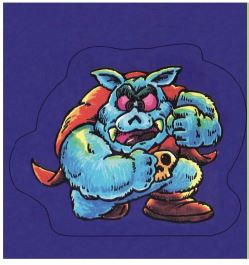
To defeat Gannon, the player must roll the combat die and roll the Magical Sword and the Silver Arrows in 4 rolls. The first player to roll both the Magical Sword and the Silver Arrows defeats Gannon, saves Princess Zelda, and wins the game!
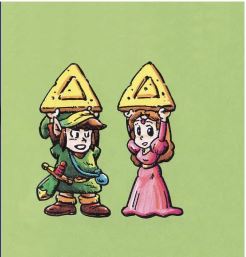
Final Thoughts On The Japanese Legend of Zelda Board Game
My biggest complaint is that the Japanese Legend of Zelda board game requires you to enter the Labyrinths in order and that you don’t really play through the Labyrinths at all. Granted, it’s much simpler to streamline it in that way, and this was meant to be a kids’ game. Still, this game does offer a good amount of player choice and variation. You can go around and kill monsters, gaining rupees and buying equipment before you even enter the first Labyrinth. Or dive right in slightly less well-equipped and try to get a head start.
Overall, this certainly seems like a game I would enjoy. Not to mention the high nostalgia factor. After having spent so much on the old Sonic the Hedgehog board game, this one is certainly on my radar, even with the $300ish price tag. I love how closely this board game follows the video game. From the enemies to the items and even random encounters with old men and falling rocks, everything feels like it was designed by true fans of the video game.
More than anything else, I’m beyond delighted that this whole project was done by fans simply for the love of the series. That refills my heart meter.
